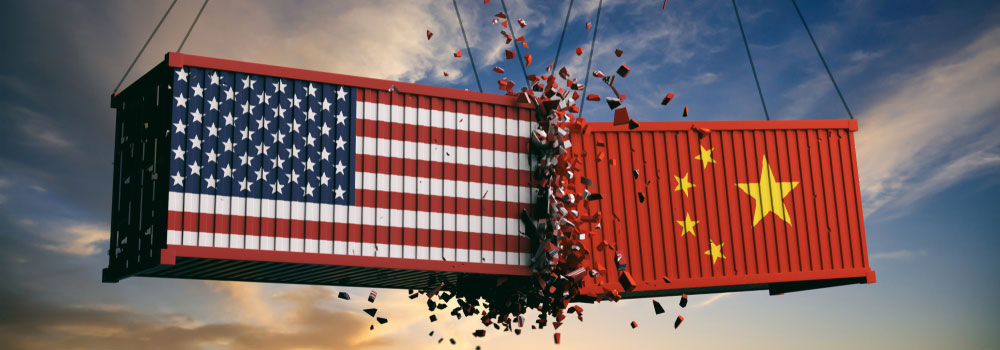THE MARKETS
Will there be a Santa Rally?
A Santa Rally refers to a tendency for markets to rise during the last weeks of December. Of course, it’s not guaranteed but it’s a well-known seasonal pattern.
United States stock markets are serving another cup of cheer this year so let’s see how it ends up.
I have always held a favorable tilt toward the U.S. markets in my career, and time and time again that approach has been proven correct. This year I’ve designed your portfolios with major U.S. allocations, and it’s made a significant difference.
On a relative basis, U.S. stock markets have significantly outperformed stock markets elsewhere. Through December 9th, the S&P rose 27%. By contrast, notice the performance of a few non-U.S. indexes through Thanksgiving.
| Index Name | Year-To-Date (thru 11/28/24) |
|---|---|
| MSCI Europe | 0.98% |
| MSCI Europe, Australia and the Far East (EAFE) | 2.95% |
| MSCI Emerging Markets (EM) | 5.46% |
| MSCI Japan | 6.14% |
| MSCI China | 12.91% |
| MSCI India | 13.54% |
Over the year, the number of U.S. stocks participating in the rally rose. As reported by Paul R. La Monica in Barron’s, “The rally is broadening out … more stocks are advancing than declining. Typically, that phenomenon bodes well for the entire stock market. It’s a sign of better market breadth, meaning that the major indexes aren’t being led by just a small handful of stocks.

THERE ARE A LOT OF QUESTIONS ABOUT TARIFFS
Last week, president-elect Donald Trump took to social media, promising to increase tariffs on China, Mexico, and
Canada. One result was that internet searches related to the term “tariffs” increased sharply. These searches included:
- How do tariffs work?
- What is Trump’s tariff plan?
- Things to buy before tariffs
- Tariffs for dummies
Here are a few answers to common questions about tariffs:
What are tariffs? Tariffs are a form of tax that one country assesses on materials, parts, and products imported from another country.
What do tariffs do? In theory, raising prices on foreign goods will protect U.S. companies and jobs by encouraging Americans to buy goods that are produced in the United States. It doesn’t always work that way because the country the U.S. imposes tariffs on is likely to respond in kind, adding tariffs to U.S. materials, parts, and products.
Who pays for tariffs? The cost of a tariff is paid by U.S. businesses and U.S. consumers. “The importer who brings the product into the country—be it a car or an avocado—is responsible for the tariff at the port of entry. Customs officials collect the tax and the money goes to the U.S. Treasury. The importer can pass the cost of the tariff along in the form of higher prices to the consumer. Or, in some cases, the manufacturer or importer may choose to absorb some or all of the cost, taking a hit to the bottom line,” reported Tim Smart of U.S. News & World Report.
How much will tariffs raise prices? After the president-elect announced his tariff intentions, Barron’s estimated “that a 10 [percent] tariff could raise the cost of a new car in the U.S. by 4 [percent] or 5 [percent] without any adjustments from auto makers. That was based [on] imports and where parts and cars are manufactured in North America. A 25 [percent] tariff on Canada and Mexico implies the price jump would be closer to 8 [percent],” reported Al Root of Barron’s.
When countries fight by raising tariffs, it’s called a trade war.
Focus – Think About It
IMPORTANT REMINDER: We have an income fund that adjusts its rate on a regular basis that can keep you ahead of inflation and is paying 6.75% on a monthly basis. This would be tax-free in your IRA accounts. Let me know if you have an interest in a possible placement.

